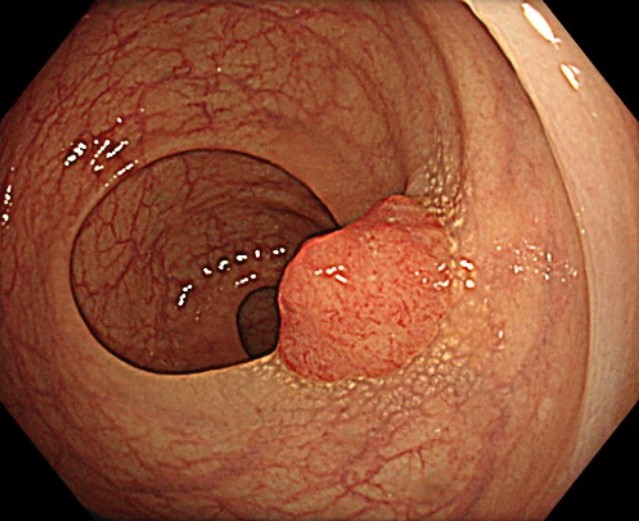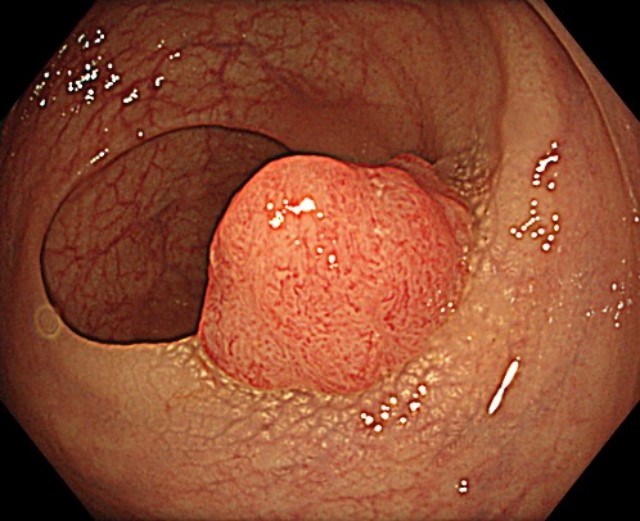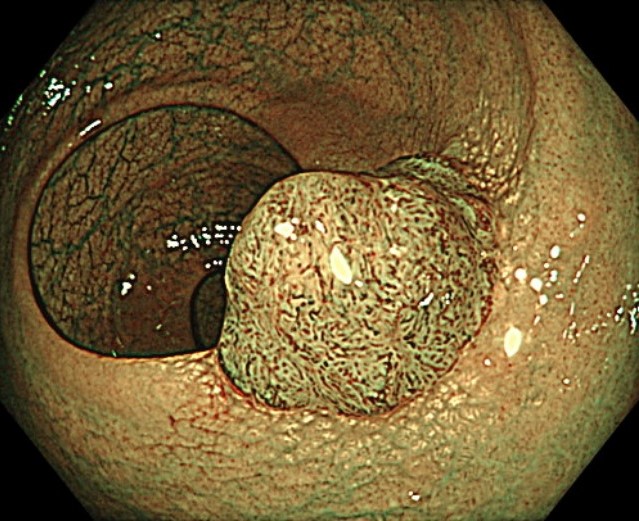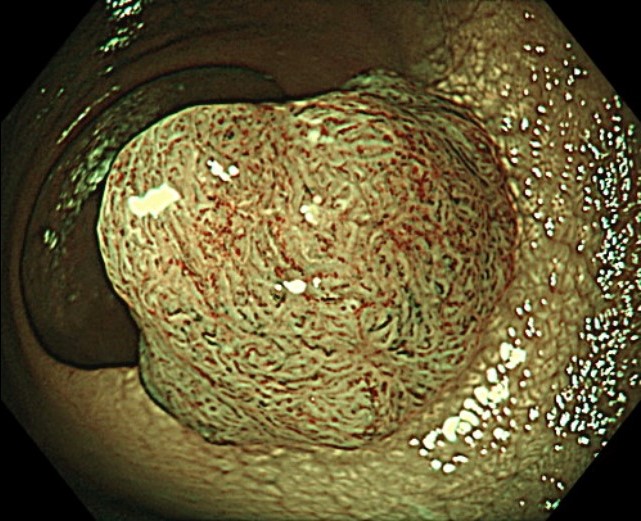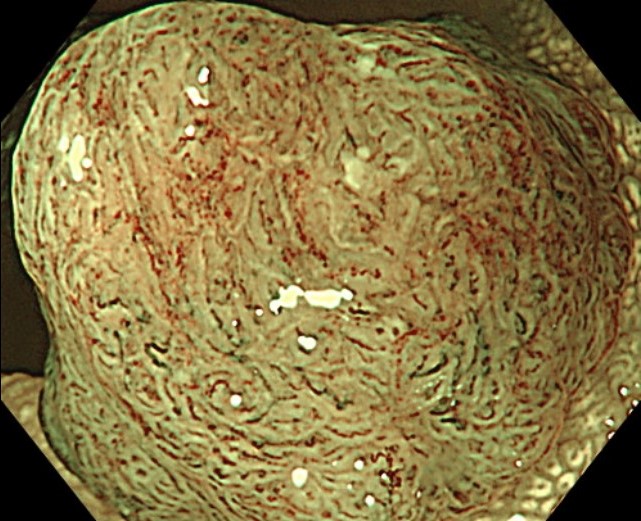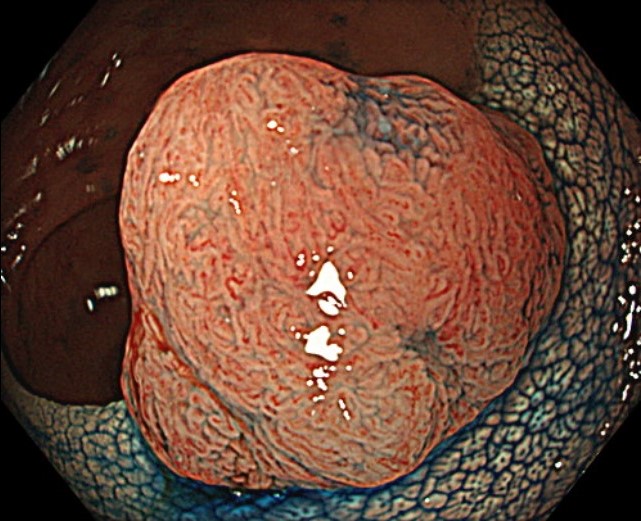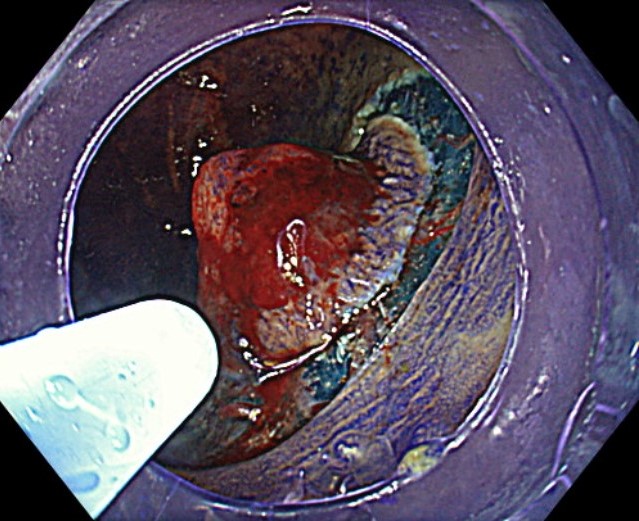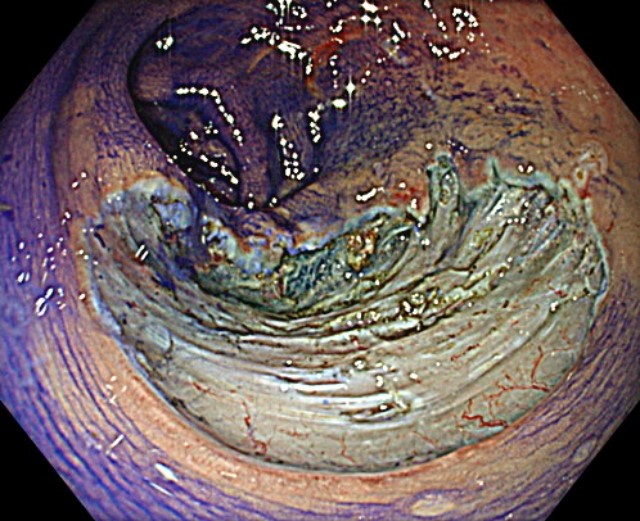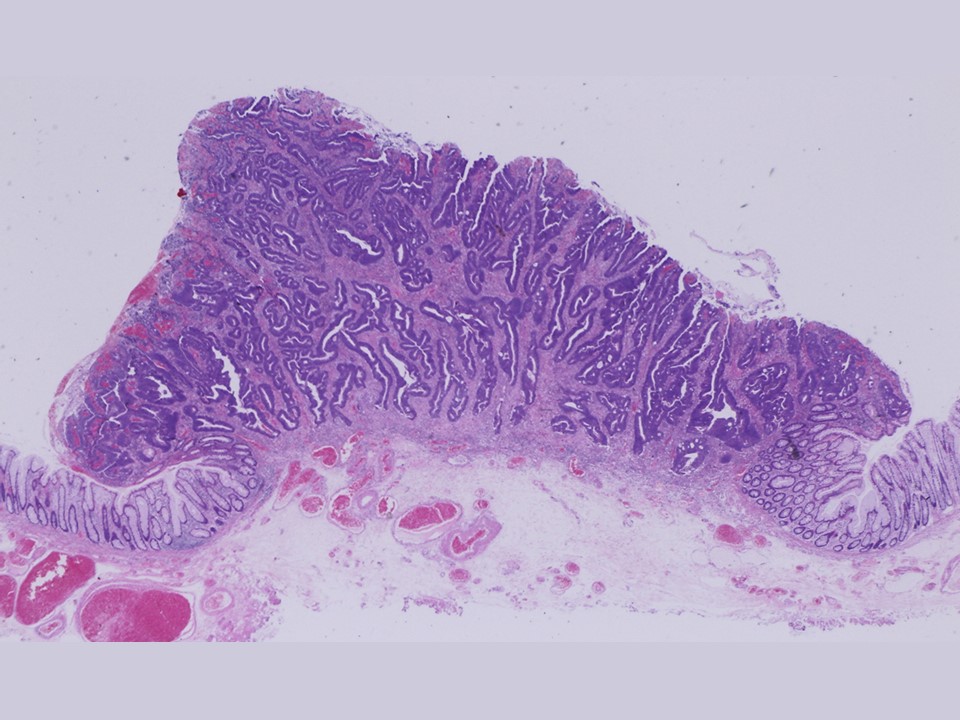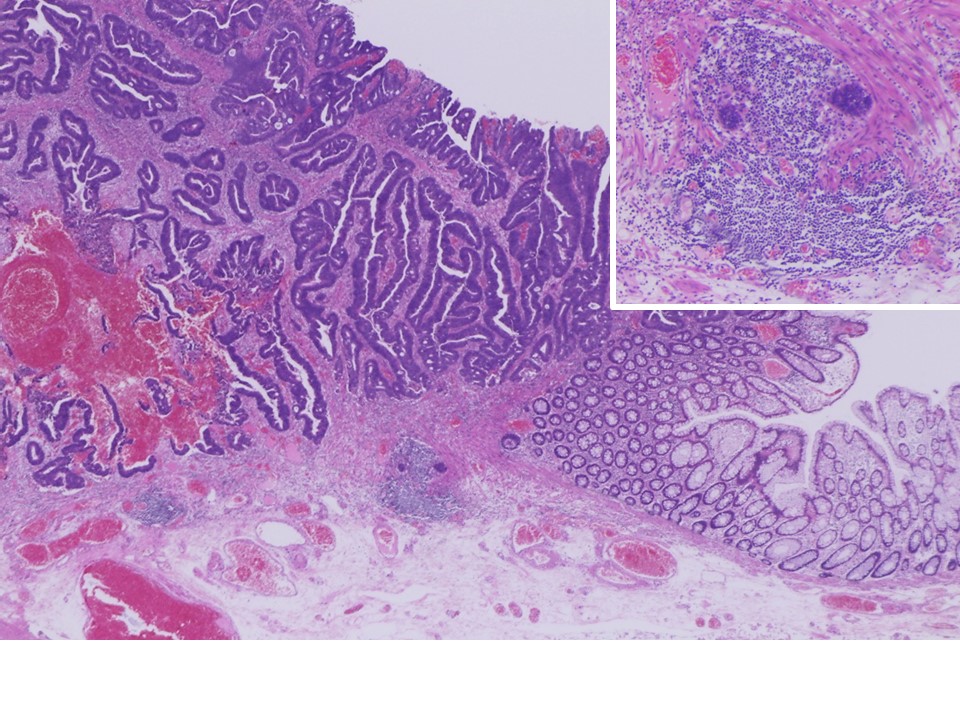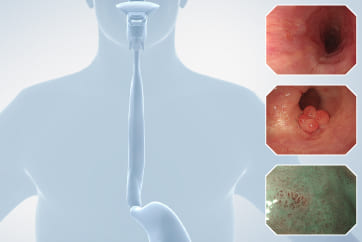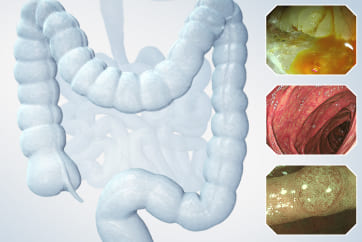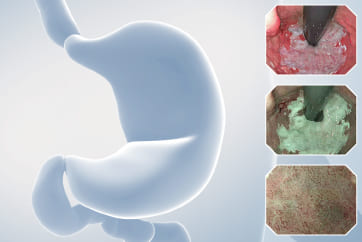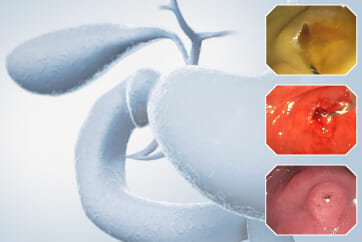Colorectal Case 22

Prof. Yasushi Sano
Kansai Medical University, Osaka, Japan
Sano Hospital, Kobe, JapanDisclaimer:
NBI™ technology is not intended to replace histopathological sampling as a means of diagnosis
The positions and statements made herein by Prof. Sano are based on Prof. Sano’s experiences, thoughts and opinions. As with any product, results may vary, and the techniques, instruments, and settings can vary from facility to facility. The content hereof should not be considered as a substitute for carefully reading all applicable labeling, including the Instructions for Use. Please thoroughly review the relevant user manual(s) for instructions, risks, warnings, and cautions. Techniques, instruments, and setting can vary from facility to facility. It is the clinician’s decision and responsibility in each clinical situation to decide which products, modes, medications, applications, and settings to use.
The EVIS X1™ endoscopy system is not designed for cardiac applications. Other combinations of equipment may cause ventricular fibrillation or seriously affect the cardiac function of the patient. Improper use of endoscopes may result in patient injury, infection, bleeding, and/or perforation. Complete indications, contraindications, warnings, and cautions are available in the Instructions for Use (IFU).
Scope: CF-EZ1500 DI
Histology: Well to moderately differentiated tubular adenocarcinoma, pT1b (SM2, 3600 µm invasion), ly0, v0, pHM0, pVM0. After ESD, no recurrence was found at 3-year follow-up.
Organ: Rectum
Patient information: Female, 81 y.o.
Medical history: Melena
Case Video
Video 1: Observation by WL, NBI™ technology
Video 2: Observation by chromoendoscopy with Indigo carmine
Overall Comment
This case was an early-stage cancer (SM cancer) of type 0-Is. At first glance, it appeared to be an intramucosal carcinoma on WL, but it presented JNET 2B on NBI™ technology. In Japan, dye endoscopic observation is recommended for JNET 2B lesionsa. ESD was performed at the patient’s desire and three years have passed without evidence of recurrence.
a. Iwatate M, Sano Y, et al. Validation study for development of the Japan NBI Expert Team classification of colorectal lesions. Dig Endosc. 2018 Sep;30(5):642-651.
* Specifications, design and accessories are subject to change without any notice or obligation on the part of the manufacturer
Prof. Yasushi Sano Case 23: Large non-polypoid rectal tumor
Prof. Han-Mo Chiu
- Content Type

